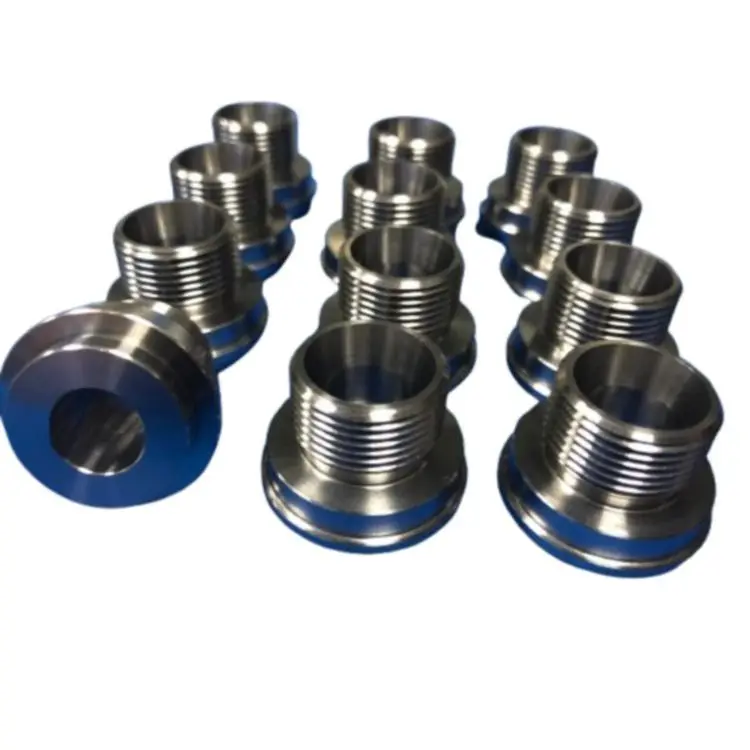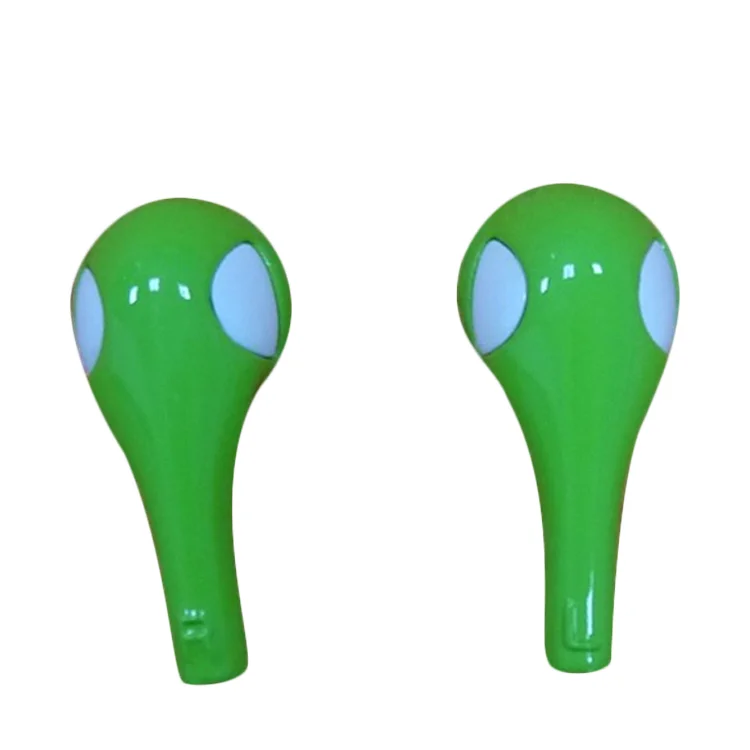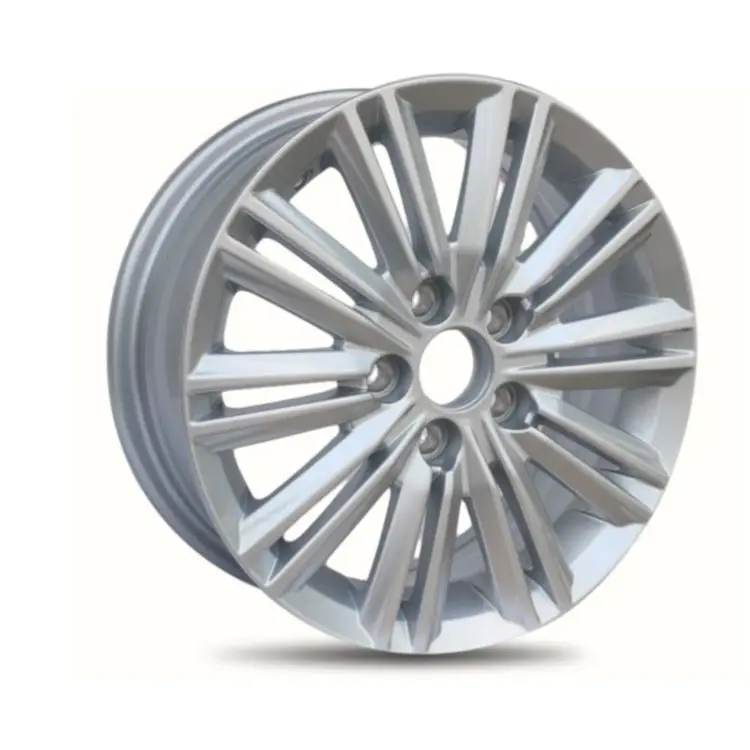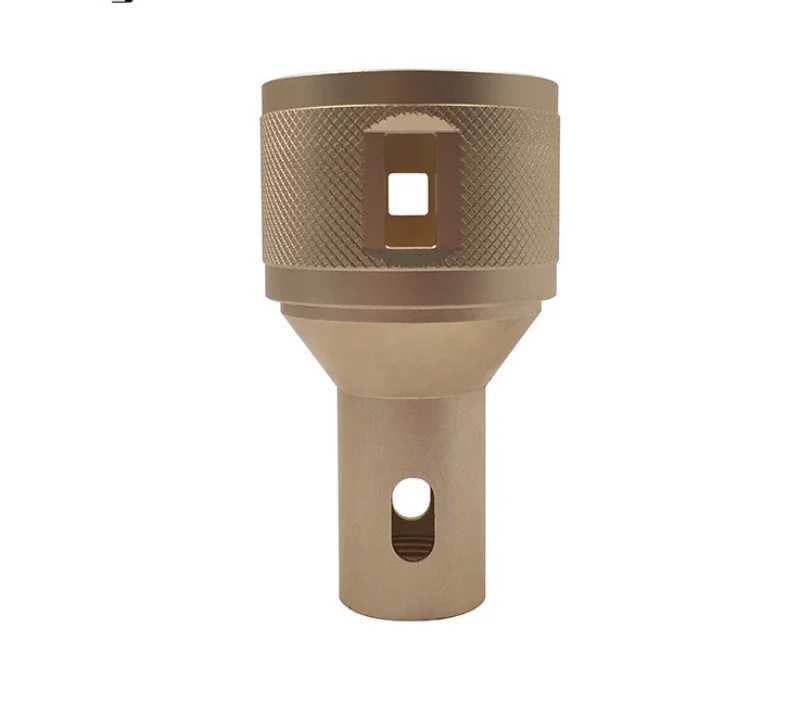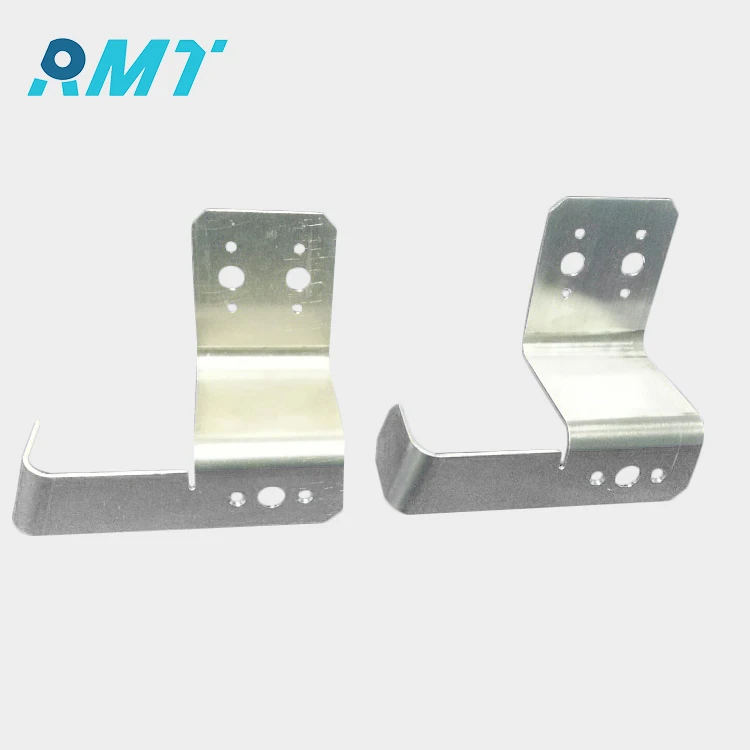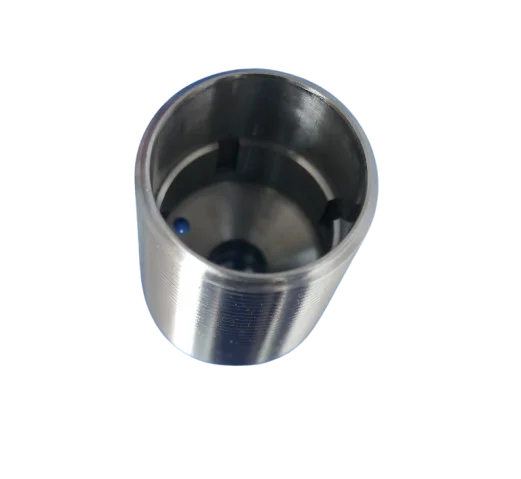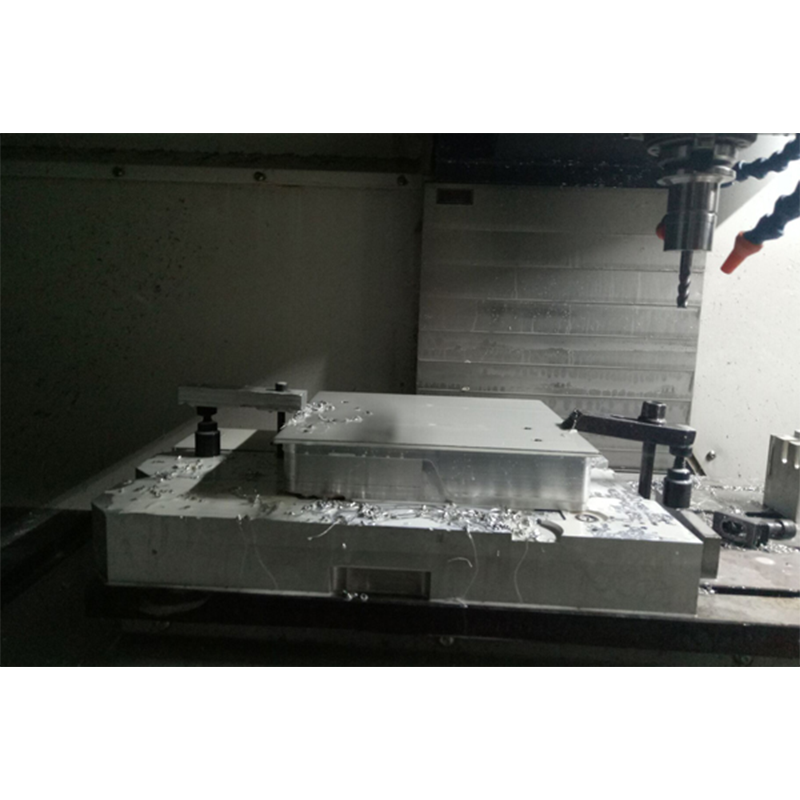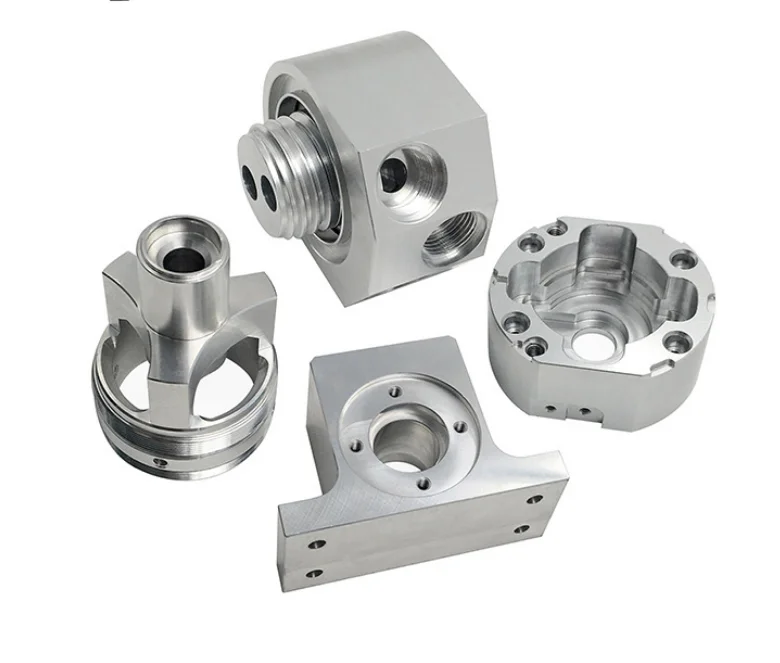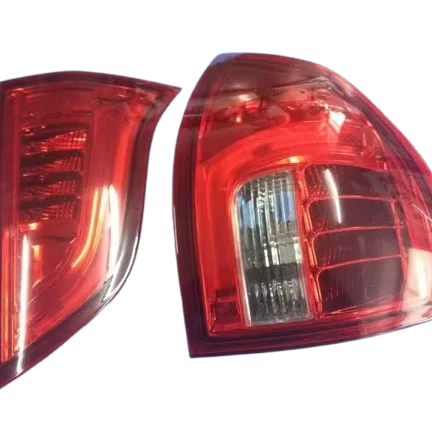Different Techniques Used in Precision Sheet Metal Fabrication
Precision sheet metal fabrication is carried out in almost every field today be it design engineering for the aerospace or automotive industry, electronic housings or medical devices. This involves the process of folding and forming of precisely cut thin metal sheets into precisely machined parts. RMT Company deals with precision sheet metal fabrication and is known to have a wide range of fabrication capabilities. These provide design engineers with the ability to manufacture highly complex parts which have specific requirements regarding geometry and assembly robustness.
Laser Cutting
Laser cutting is perhaps one of the most popular processes of sheet metal cutting when talking about precision sheet metal fabrication. Laser cutting is a technique that uses a high laser light beam to burn and cut through a sheet. The laser chicken is shot on top of a metal sheet which burns through the metal, evaporating or melting it leaving a precise cut. This method has many benefits such as capability of cutting thin pieces into intricate details and more complex cuts without causing overheating that would otherwise warp the pieces. RMT has advanced laser technology that ensures every cut is precise and every edge is smooth to ensure quality on all projects.
Punching
Punching is the other technique that is equally important in the making of precision sheet metal. This process involves the use of a punch press to punch holes or shapes in a sheet of metal. A die that is shaped as required is placed in the punch press and the metal sheet is positioned beneath the punch. When the press is engaged, the die punches a hole in the metal sheet to get the required cutout or penetrations. Punching is effective in bearing operations that are of a repetitive nature as it facilitates punching out of a lot of holes, slots, and such shapes Raon Metal Technology specializes in the construction of punching machines that achieve a high level of tolerances in every single part produced.
Bending and Forming
More advanced work with sheet metal usually implies changing its geometry in the third dimensional abuse. The bend process is simpler; a metal sheet is placed in the press brake where a die is used to force the metal bent at a predetermined angle. Forming is a bit more complicated, because it is using pressure, but not to a single point of cross-section, but to many and in a controlled way; helping to create curvilinear contours of the piece. These processes are useful in making parts like brackets, panels, enclosures etc. Angle, radius and edge profile of the metal pieces parts can all be controlled using RMT's bending and forming processes to meet the requirements of manufacture tolerances.
Welding and Joining
There are two distinct steps in the precision sheet metal fabrication process involving welding and joining of parts into larger structures. To permanently join metal parts together, welding methods such as, TIG (Tungsten Inert Gas) welding, MIG (Metal Inert Gas) welding, spot welding, among others, are employed. Thin sheets can be readily welded using the TIG method as it provides strong and clean welds. Stronger MIG welds are most suitable in faster welding applications. Conversely, spot welding is a technique best suited when it comes to welding smaller components in a minimal amount of time. RMT employs such welding methods to make and create strong and durable joints that are almost free of thermal heat distortion.
Finishing Processes
After completing the fabrication processes, the metallurgical components are processed to remove flash to improve the overall aesthetics, functionality and durability. These include deburring, surface polishing, coating, anodizing, among others. Deburring is a process designed to remove very sharp edges so that the parts become safe to handle, while polishing helps to enhance the technical presentation of the final product. The use of coating in the form of powder coating as well as painting serves the purpose of enhancing the level of corrosion resistance while anodizing serves to improve surface hardness and wear resistance of aluminum parts. Similarly, RMT’s finishing processes ensure that all parts perform effectively and look appealing as well.
Precision sheet metal fabrication is an increasingly specialized domain that has a high dependence on technique, technology and other factors to achieve maximum accuracy and quality. RMT provides precisely made components as a result of laser cutting, punching, bending, welding and finishing that cater to varied industries. Incorporating the latest fabrication technologies and the dedication to work, RMT remains a leader in this area of precision sheet metal fabrication and keeps delivering its customers performing parts for the most challenging applications.
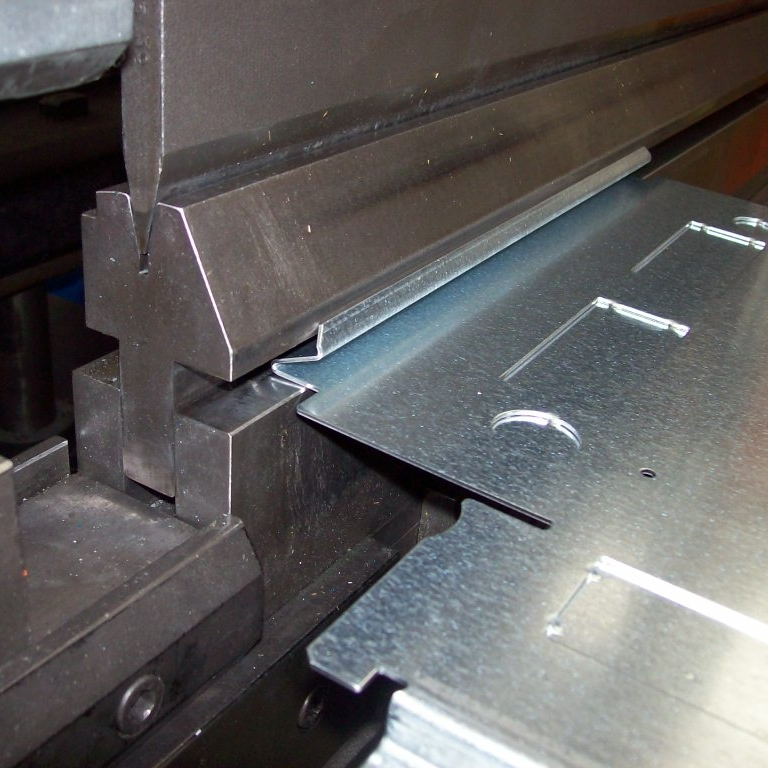
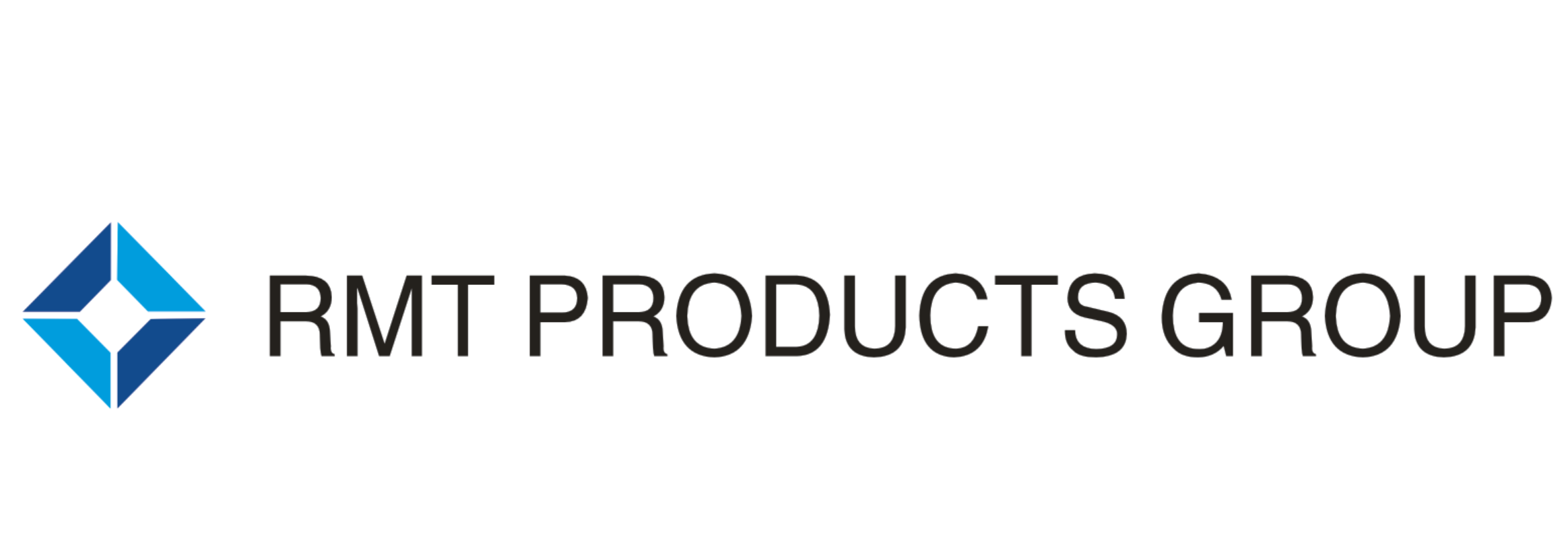
 EN
EN
 AR
AR
 BG
BG
 HR
HR
 CS
CS
 DA
DA
 NL
NL
 FI
FI
 FR
FR
 DE
DE
 EL
EL
 IT
IT
 JA
JA
 KO
KO
 NO
NO
 PL
PL
 PT
PT
 RO
RO
 RU
RU
 ES
ES
 SV
SV
 IW
IW
 LV
LV
 SR
SR
 SK
SK
 UK
UK
 GL
GL
 HU
HU
 TH
TH
 TR
TR
 FA
FA
 GA
GA
 CY
CY
 EU
EU
 BN
BN
 BS
BS
 LA
LA
 NE
NE
 SO
SO
 KK
KK
